While many medical technologies have changed over the years, the shoulder brace remains a dinosaur in modern times.
But that will all change soon, thanks to an idea by James Lebolt, DO, sports medicine section chief and orthopedic surgeon with Spectrum Health Medical Group, and follow-through by the Spectrum Health Innovations team.
“We needed a brace to treat athletes who injured their shoulder in season, which would allow them to safely continue to participate in sports,” Dr. Lebolt said.
Lebolt’s new shoulder brace design will work well for all types of athletes, as well as regular Joes and Janes. It should prove especially handy for working professionals such as electricians and plumbers, who perform repetitive overhead work.
More than 7.5 million people visit the doctor each year for shoulder pain, sprains and strains, according to Dr. Lebolt.
But designs remain locked in the past.
The new brace increases compression around the shoulder joint as the shoulder moves into positions of vulnerability and instability, such as overhead movements or lifting motions away from the body.
The brace is meant to mimic the supporting structures of a healthy shoulder, while still allowing full range of motion.
“This will help decrease discomfort and stabilize the feel and strength of the shoulder during dynamic movements,” Dr. Lebolt said. “The brace will reduce discomfort by adding an additional layer of support to the body’s own shoulder stabilizers.”
Current offerings on the market are designed to keep the shoulder from moving, Dr. Lebolt said.
“Some are nothing more than a fabric wrap,” he said. “This brace gives you support through different ranges of activity and motion.”
Dr. Lebolt expects to have a fully functional prototype available for test wearing in the next few months.
He said he’s grateful for Spectrum Health Innovations.
“The Innovations team has been a valuable resource in the development and refinement of this product,” Dr. Lebolt said. “Without them, the brace idea would still be sitting on the side of my desk.”
Spectrum Health Innovations engineer Eric Van Middendorp said his team has been working on the brace for a couple of years.
Grand Rapids-based Filter Studios came up with the initial design exploration and prototype. Hope College athletic trainers helped review and critique the early prototype, as well as athletic trainers from Spectrum Health Medical Group’s outreach program.
“You need a brace that can give you more support and help prevent re-injury,” Van Middendorp said. “Existing braces are using old technology. A neoprene sleeve slides over your arm and gives you awareness where your arm is in space, but it doesn’t give you much support. They’re big, they’re bulky and they’re hot.”
The new brace design has built-in elastic straps.
“It’s low profile, easy to adjust and gives you a lot more support,” Van Middendorp said. “It’s absolutely more comfortable.”
Van Middendorp said they recently engaged Genesis Innovation Group for market research and final prototype design.
“We’re really excited about it,” Van Middendorp said. “We know there’s a market gap. It’s just a matter of developing the product so we can meet those needs.”
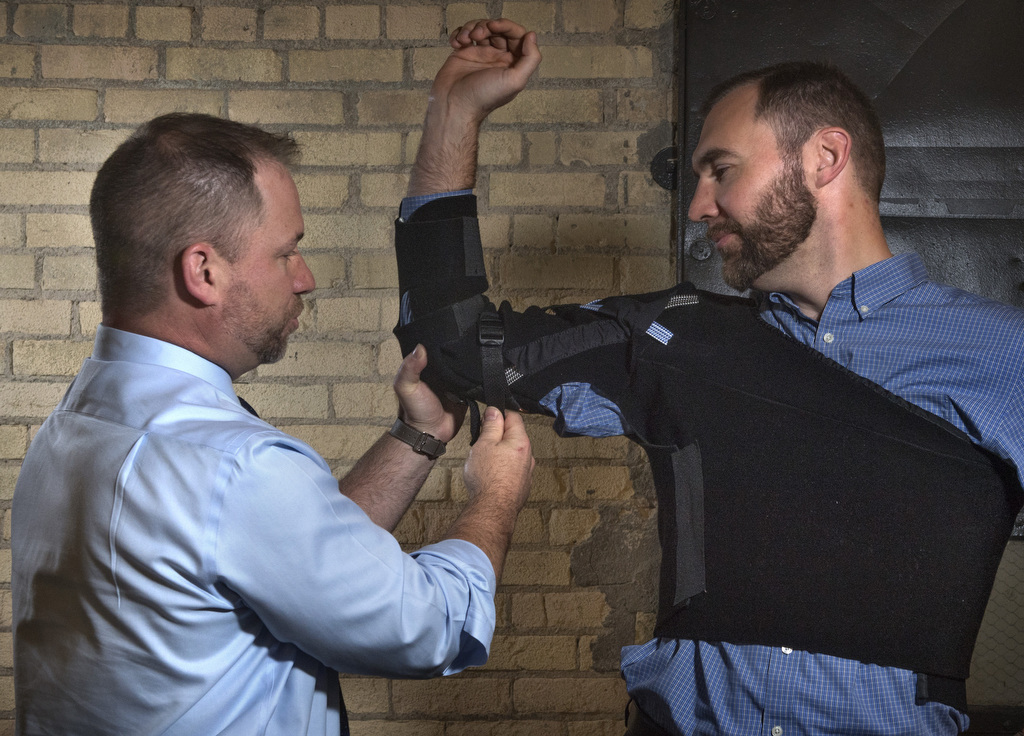
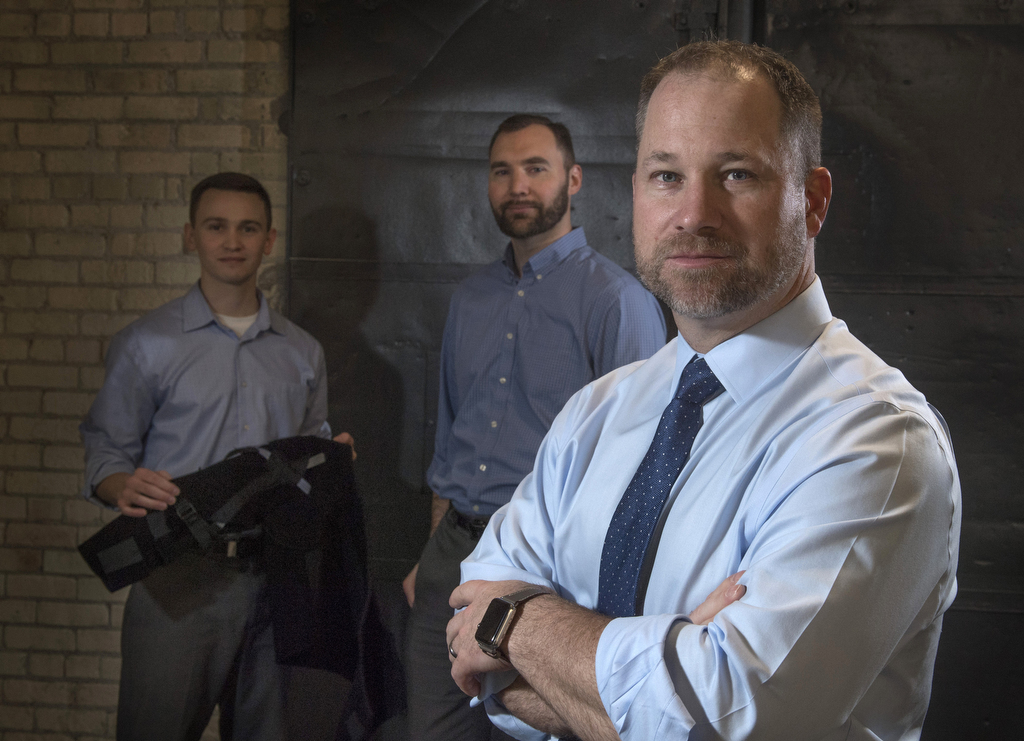
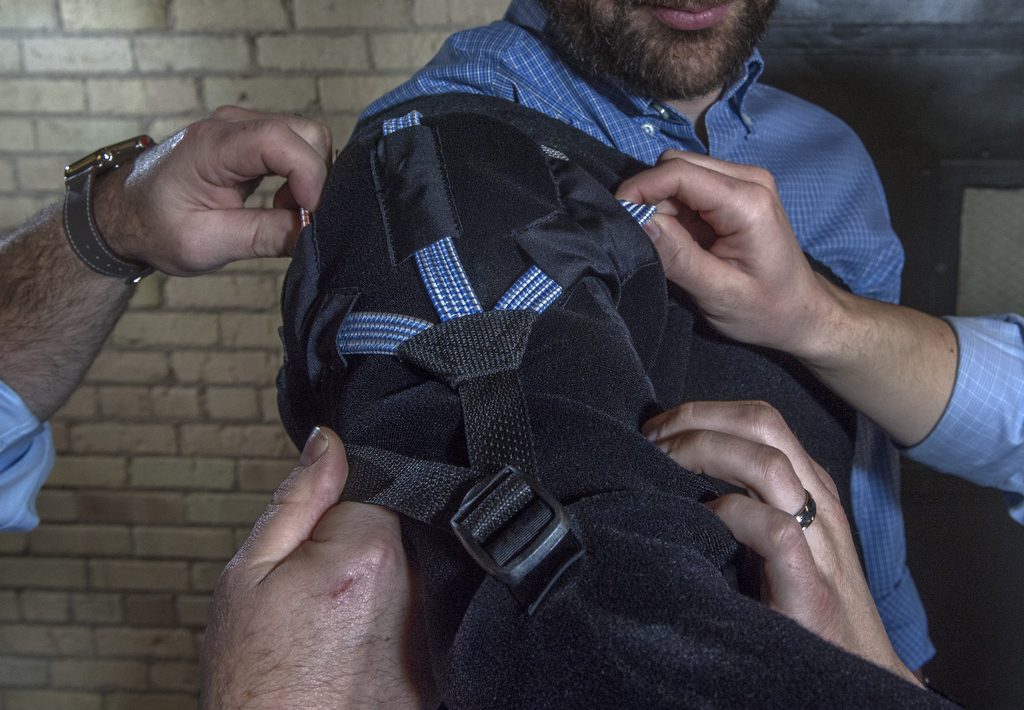
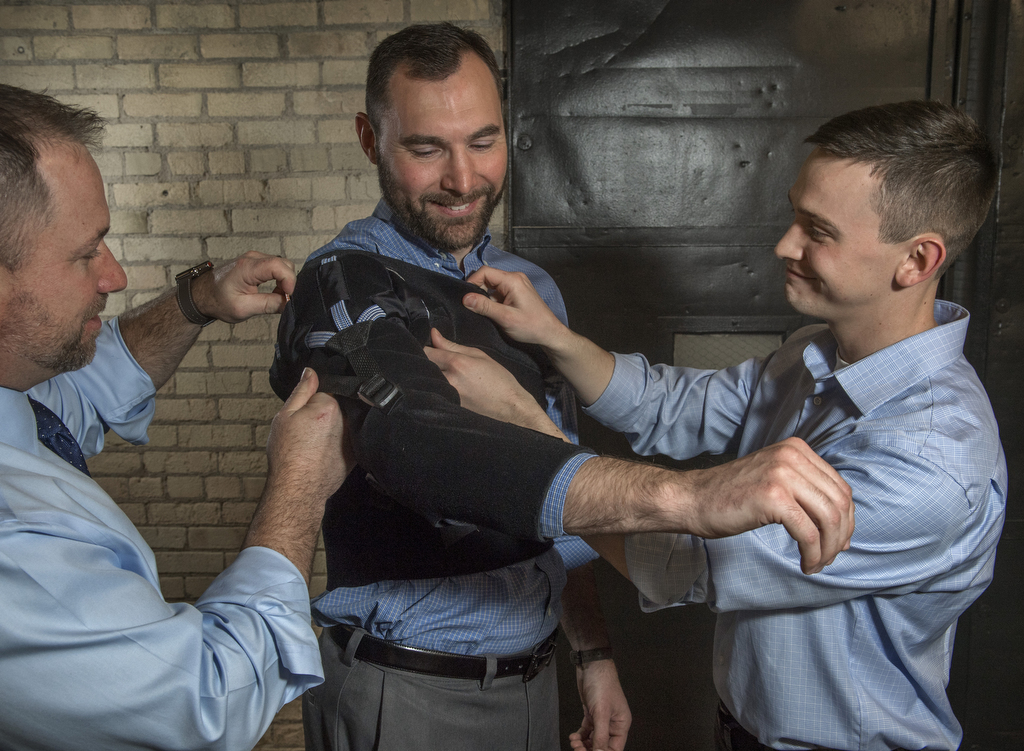
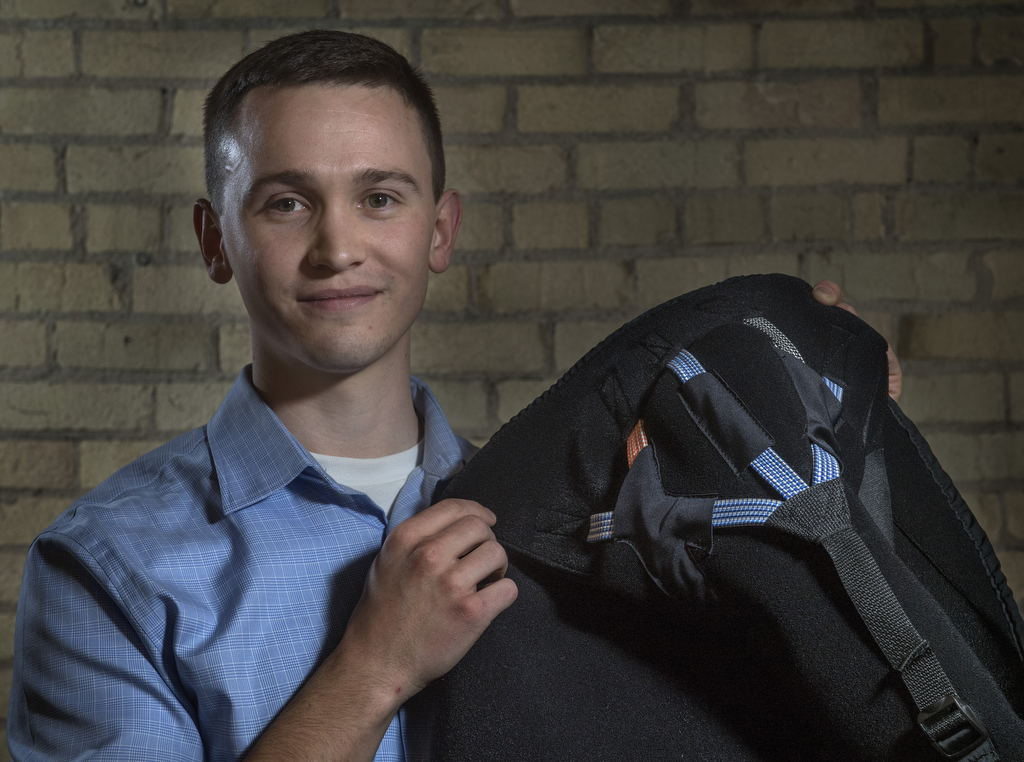
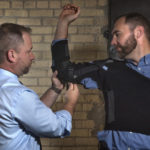

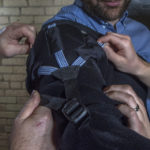
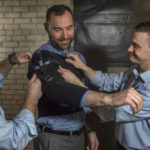
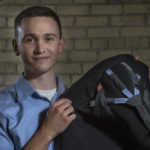
 /a>
/a>
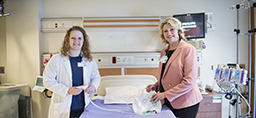 /a>
/a>
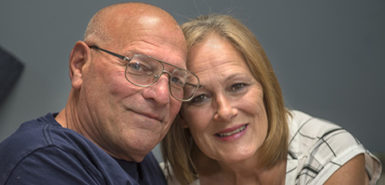 /a>
/a>
Great article with very much needed information and options for individuals that suffer from shoulder pain and strains.
I injured my left shoulder 37 years ago and list my deltoid because of nerve damage. I am still able to use the arm to play softball and golf racquetball etc but I am so very interested in the shoulder brace. If there is any chance I could meet with someone to discuss any chance of looking at it please please let me know.
Thanks for all of the inovative work tou are doing.
Bryan
Hi Bryan, thanks for your comment and interest! We’re still a ways out from the brace being ready for sale and use, but we’re excited about continuing to head down that path. In the interim, we’d recommend connecting with your primary care provider to discuss any issues you might be experiencing and possible solutions.
This sounds like a great brace and much needed. Is there a projected timeline as to when the brace will be available for patients? Also, can it be us in the water for water sports?
Hi Sheryl, thanks for our comment and questions. As for a timeline, currently we’re continuing to refine the design, and in parallel, explore the best way to bring this device to market, be it as a new start-up company or by partnering with an existing company that makes and sells braces. We’re hoping in the next year or so this product could be on the market, but that’s really more of a best guess at this point. It will depend a lot on which route we go and who we partner with. As for use with water sports, are there any particular sports or applications you had in mind? While we haven’t designed the brace to be waterproof, we are working on incorporating technical fabrics that will make the brace light weight and comfortable. Our primary use-cases we have focused on were not necessarily people using it in the water, but that doesn’t mean that it wouldn’t be possible. We do plan on exploring this more, though.
It would be great if it could be use for Whitewater kayaking.
in re shoulder brace: bravo! bravissimo!!
This is wonderful to see. I’m a x-ray tech and most of my work is overhead.